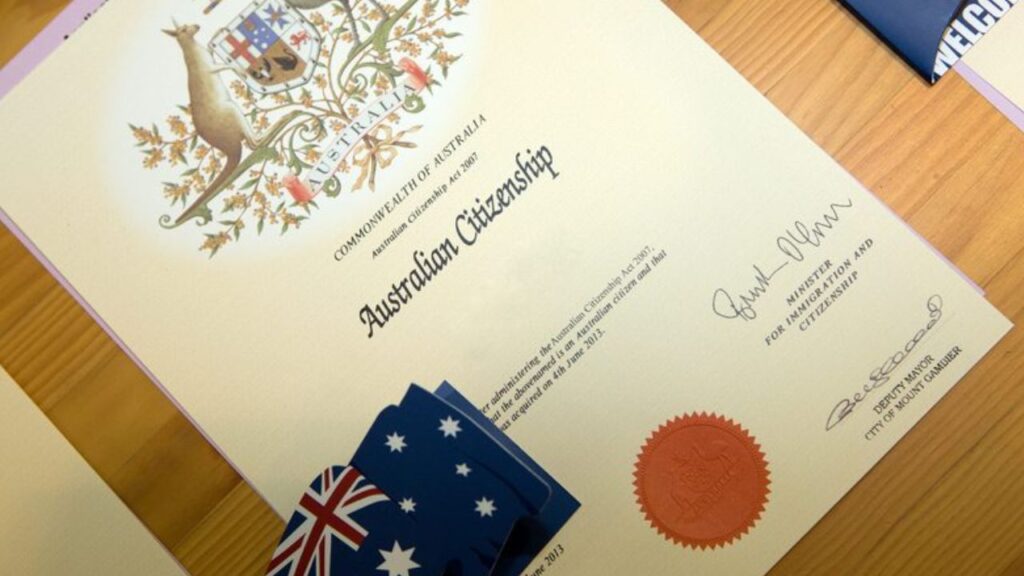Securing Australian citizenship in 2025 stands as a pivotal moment for many, symbolizing not only a legal status but also a deeper commitment to the nation’s values and future. With this milestone comes the full suite of civic privileges permanent residence, the right to vote, eligibility to run for public office and a set of shared duties, including adherence to the law and active participation in democratic life. Citizenship binds individuals to the country in both opportunity and obligation
Australia recognizes that its diverse population arrives at citizenship from many different backgrounds. As such, it offers several well-defined routes tailored to factors such as a person’s birth circumstances, parental citizenship, or long-term residence. These multiple avenues reflect the country’s inclusive approach to nation-building and cultural integration.
Navigating the Core Routes to Citizenship in Modern-Day Australia
Australian citizenship can be attained through one of three main pathways. Each route is structured to suit particular life situations and migration journeys. Whether an individual is born on Australian soil, inherits citizenship through ancestry, or earns it through years of legal residence, each process is guided by clear criteria and a focus on national cohesion.
Citizenship Through Being Born on Australian Soil
Citizenship by descent offers a legitimate and impactful pathway for individuals born overseas, provided at least one parent was an Australian citizen at the time of their birth. This approach ensures that the child has a solid legal and familial foundation within the nation from their earliest moments. The principle supports a stable future by linking citizenship rights to residency or heritage from the start of life.
Claiming Citizenship Based on Parental Heritage

For those born outside Australia, citizenship by descent provides a viable and meaningful route. Eligibility is determined by whether at least one parent held Australian citizenship at the time of the applicant’s birth. The application process requires official documentation such as the parent’s proof of citizenship and the applicant’s birth certificate. Once submitted with complete and accurate records, this process typically concludes within a few months, allowing individuals to officially connect with their Australian lineage.
The Structured Path of Earning Citizenship Through Residency
The most commonly chosen path, especially among immigrants, is citizenship by conferral. This route involves a detailed process that applicants must carefully follow. Beginning with permanent residency, individuals must remain in Australia legally for four years, with at least the final twelve months spent as a permanent resident. Throughout this period, there are strict limits on time spent overseas to ensure a genuine commitment to Australian life.
Language ability is another key requirement, with applicants expected to demonstrate English proficiency. A clean character record is also mandatory, with background checks verifying that the individual poses no threat to public safety or national values. For applicants aged 18 to 59, passing a citizenship test is essential. This test measures understanding of Australia’s history, democratic structures, and societal values, and requires a passing score of 75% or higher. The process culminates in a citizenship ceremony, where candidates take the Australian Citizenship Pledge.
Fresh Developments in Citizenship Eligibility for the New Era
Significant changes in citizenship policy have taken effect in 2025, reshaping access for certain migrant groups. A key reform introduces a simplified route to citizenship for New Zealanders who have lived in Australia for at least four years. These individuals can now apply for citizenship without needing to first obtain permanent residency, eliminating a major procedural hurdle.
This new visa allows skilled foreign workers to apply for permanent residency after just two years of full-time employment, speeding up their journey to citizenship. Additionally, the National Innovation Visa has opened new doors for tech professionals, particularly in fields like artificial intelligence, by offering them direct access to permanent residency status.
Ensuring a Smooth and Successful Citizenship Application
Preparing for Australian citizenship requires diligence and planning. Applicants benefit greatly from staying informed about the latest immigration changes and ensuring all documentation such as identity papers, education records, and residency confirmations is correctly compiled. Dedicated study of official resources is strongly recommended to pass the citizenship test, which plays a vital role in the conferral process.
For those dealing with complicated circumstances or uncertain legal standing, consulting with a registered migration agent or legal professional can provide crucial clarity. These experts help applicants navigate complex requirements and avoid common pitfalls that might delay approval or result in rejection.
Looking Ahead: Becoming a Citizen in an Inclusive and Evolving Nation
Australian citizenship in 2025 not only provides legal and political inclusion but also signifies a long-term personal investment in the country’s future. Whether acquired by birth, family connection, or earned through residence and dedication, the journey toward citizenship is both structured and symbolic. With new policies creating faster and clearer routes, more individuals than ever can take confident steps toward joining the national community.
At its heart, citizenship remains a powerful unifier. It reflects shared values, collective responsibilities, and the opportunity to fully contribute to one of the world’s most diverse and dynamic societies. As Australia continues to evolve, so too does the pathway to becoming an integral part of its story.


